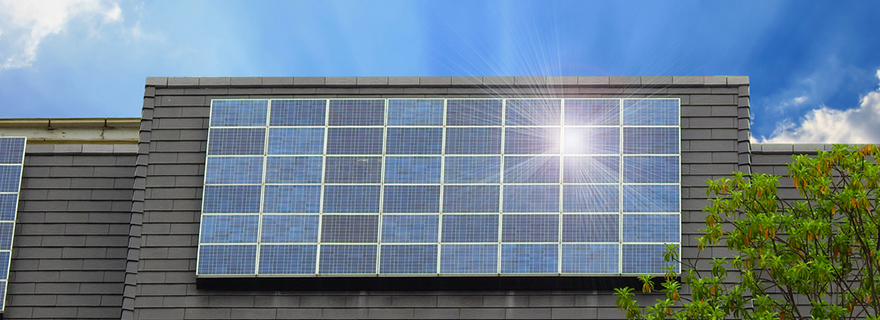
Photovoltaic solar power
There’s no doubt about it: power generation using solar panels is booming around the world.
Québec is no exception: the number of companies promoting solar power is rising steadily. If you’re thinking about solar power, where should you start? How much could it cost? Here’s some important information to help you make an informed decision based on the costs and potential returns of solar panels.
What’s photovoltaic solar power?
Photovoltaic solar power is energy from sunlight, collected and converted directly into electricity by photovoltaic solar panels.

